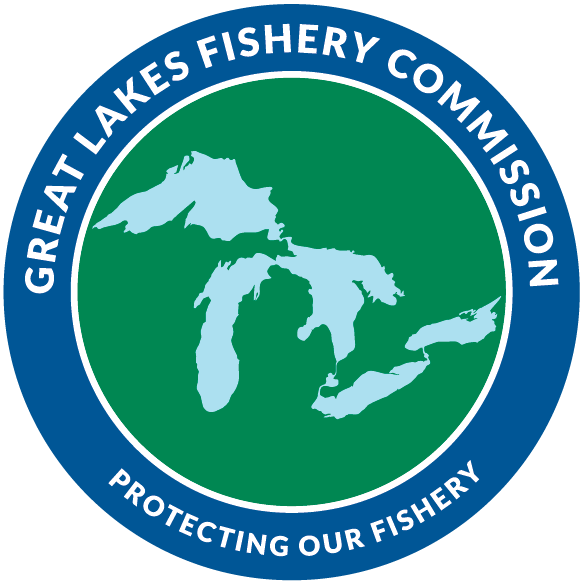Updated 2024-11-06 20:00:50
Lake Superior -> 10.0 Nuisance Species -> Nuisance Species Detections
Reporting Interval
2017 - 2021
Area
Lakewide
Meeting Target?
Does Not Meet
Indicator Trend
Downward trend
Confidence?
High
10.1.1 No new non-indigenous aquatic species detected in Lake Superior
Establishment of a new non-indigenous aquatic species in Lake Superior can have enormous impacts on the ecosystem and cost millions of dollars to control. Therefore, a component of the Nuisance Species FCO is to prevent the introduction of any nonindigenous aquatic species that is not currently established in Lake Superior (Horns et al. 2003). The number of new species detected per reporting period were tallied to evaluate whether species are prevented from being introduced into Lake Superior. There was an increase in the number of new non-indigenous aquatic species detected in Lake Superior from reporting period 1977-1981 through reporting period 2002-2006. The number of new non-indigenous aquatic species detected has declined since reporting period 2002-2006. However, a new species, bloody red shrimp Hemimysis anomala, was detected in the Duluth-Superior Harbor within the most recent reporting period. Therefore, the indicator of preventing new introductions is still not being met
Figure 1. Number of New Non-indigenous Aquatic Species Detected in Lake Superior and Watershed
Methodology
The data was downloaded from the Great Lake Aquatic Nonindigenous Species Information System (GLANSIS; https://www.glerl.noaa.gov/glansis/). GLANSIS is a data warehouse of non-indigenous aquatic species encountered in the Great Lakes by numerous agencies and entities. The data was filtered for species considered to be non-native to Lake Superior and for taxonomic groups actively targeted by early detection monitoring programs which included fish, amphipods, bivalves, gastropods, crayfish, and mysids. The first detection of each species was summed by each of the reporting periods.
Other Resources
Environment and Climate Change Canada and the U.S. Environmental Protection Agency. 2022. State of the Great Lakes 2022 Technical Report. Cat No. En161-3/1E-PDF. EPA 905-R22-004. Available at binational.net.
Horns, W.H., C.R. Bronte, T.R. Busiahn, M.P. Ebener, R.L. Eshenroder, T. Gorenflo, N. Kmiecik, W. Mattes, J.W. Peck, M. Petzold, D.R. Schreiner. 2003. Fish-community objectives for Lake Superior. Great Lakes Fish. Comm. Spec. Pub. 03-01. 78 p. Available at http://www.glfc.org/pubs/SpecialPubs/Sp03_1.pdf.
Contributing Author(s)
- Lake Superior Technical Committee -

